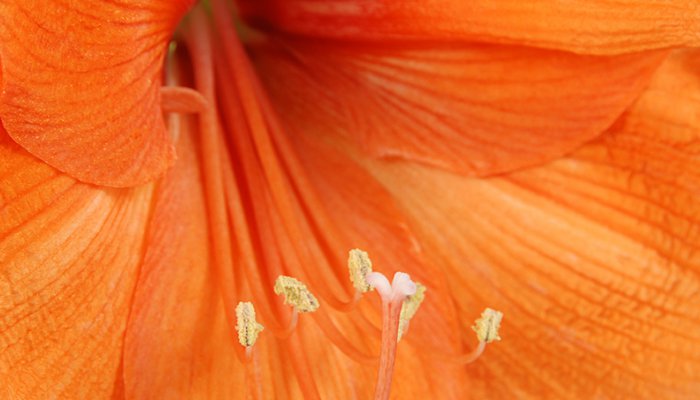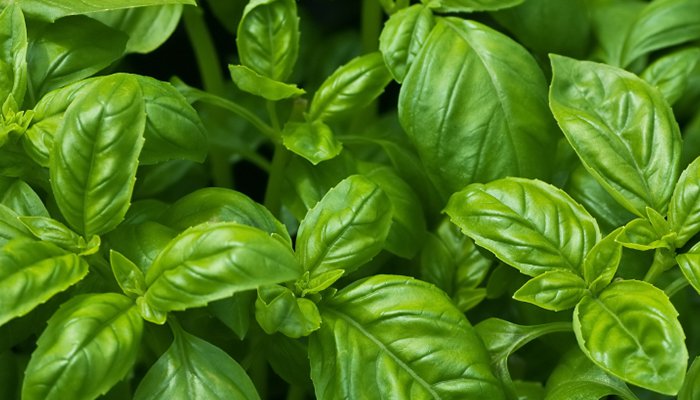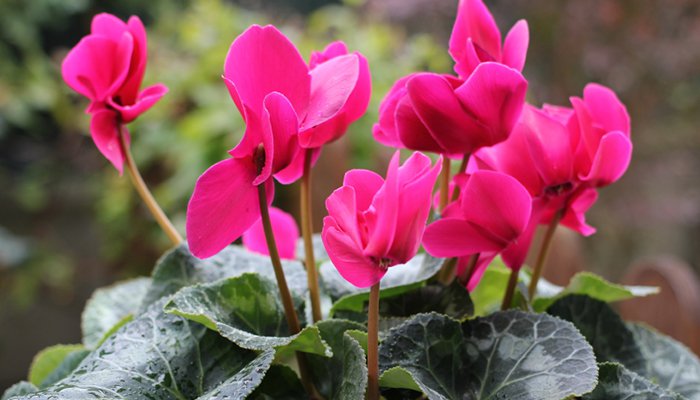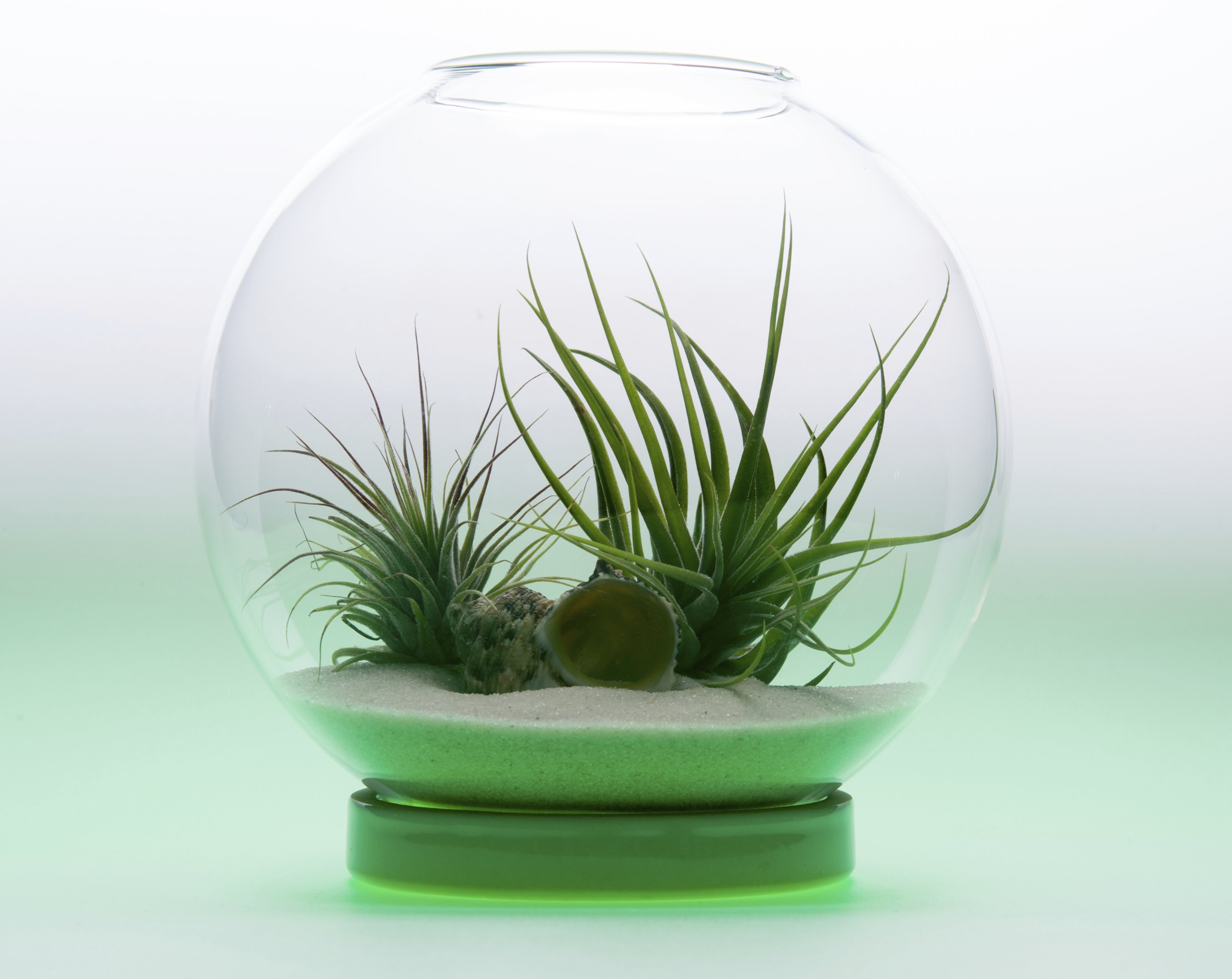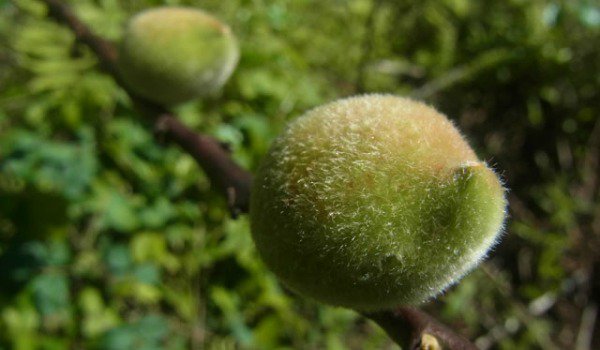
You can easily extend the life of your favorite house plant or perennial by taking the roots from your potted plant outside where it can continue to grow and thrive where it should be. Follow these steps and you too can enjoy the splendors of a spring garden without spending a lot of money. [photo via flickr]
1- Prepare your container plant for the great outdoors
Once you placed the seeds in the container, they start to germinate, and the plants begin to grow. Once the stems have leaves growing out of them, it’s time to decide which plant you’re going to place in the garden. You will obviously want to transplant the stronger plant and remove the weaker plant- simply cut it at ground level. Move the healthier looking plant into a larger container where it can grow more. Take this plant outdoors.
2- Keep the plants in the sun
Once the frost ends and the weather becomes warmer, it’s time to take the plants outdoors where they can bask in the warm sun. To ease the transition from indoors to outdoors, you will want to slowly expose them to the sun. Start out with at least an hour everyday and gradually work up an hour more each day.
3- Fix the garden up in preparation
Before you can transfer the plants into the garden, you need to prep the garden in advance. Start by applying organic compost to twelve inches of topsoil. This will help the soil retain water, which is crucial for healthy plants.
4- Propogate the plants to the soil
When the plants have grown a bit, it’s time to transplant the plants into the garden. Gently take the plant out of the container (unless it is a biodegradable container, if that’s the case you can simply place the plant with the container into the soil). If the plant has long roots that encircle the container, you may have to gently loosen the roots for easier removal. Once you’ve properly placed the plant into the soil, cover the surrounding area with more soil.
5- Continue to care for your plants
The adventure doesn’t stop there! You’ll need to make sure the plants are watered at least every other day. Remember to check on the plant’s water level before adding more water: you do not want to kill the plant. As the plant continues to grow, you can cut back on the amount you water to about once or twice a week. Finally yet importantly, you should cover up the ground surrounding your plant with mulch. This will help retain natural moisture and protect the plant from soil erosion.


